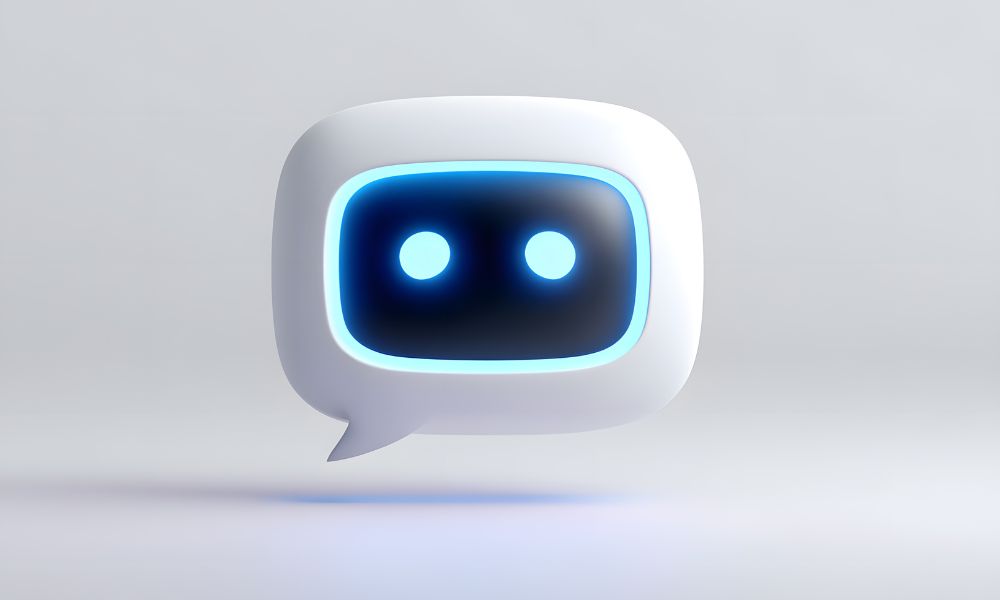AI chatbots are transforming the way businesses interact with customers. Moving beyond simple automation, modern chatbots engage in meaningful conversations, providing instant support and personalized guidance. They combine artificial intelligence, natural language processing, and machine learning to deliver efficient and scalable communication solutions.
How AI Chatbots Work
AI chatbots process user input through advanced algorithms that interpret text or voice commands. They identify intent, context, and sentiment to generate appropriate responses. Machine learning enables them to improve over time by learning from past interactions. Some chatbots also utilize predictive analytics to anticipate user needs and offer proactive solutions.
In customer service, ai chatbot handles inquiries, schedules appointments, and assists with transactions. Businesses such as a Fort Worth, TX Laundromat can use chatbots to manage operational questions, provide machine availability updates, and guide customers through services efficiently. This improves response times and reduces the workload for human staff.
Advantages of Conversational AI
Conversational AI offers several benefits over traditional automated systems. Chatbots operate 24/7, allowing customers to access support at any time. They handle multiple interactions simultaneously, reducing wait times and improving service reliability.
Cost efficiency is another advantage. Companies can lower customer service expenses by up to 30% with AI chatbots while maintaining consistent and accurate responses. Chatbots also enhance user experience by providing personalized interactions, immediate assistance, and seamless navigation across platforms.
In local businesses, such as a Fort Worth, TX Laundromat, chatbots can provide real-time updates on pricing, machine usage, and membership programs, improving operational efficiency and customer satisfaction.
Key Trends in AI Chatbots
In 2025, AI chatbots are evolving with new innovations. Voice-enabled chatbots allow hands-free communication through smartphones and smart speakers, improving accessibility. Multilingual chatbots are increasingly common, serving diverse audiences and supporting global operations.
Hybrid chatbots, which combine AI automation with human support, are gaining traction. When a query exceeds the chatbot’s capabilities, it transfers the conversation seamlessly to a human agent. Predictive analytics integration enables chatbots to anticipate customer needs, such as recommending products or scheduling services based on historical usage.
AI chatbots are also integrating with Internet of Things (IoT) devices, allowing them to monitor and control smart appliances. In a laundromat environment, this technology can track machine usage, alert maintenance needs, and schedule operations automatically, reducing downtime and improving customer experience.
Challenges in Implementing AI Chatbots
Despite their benefits, AI chatbots face challenges. Accuracy can be limited in complex or ambiguous conversations, leading to misinterpretations. Data security and privacy are critical, as chatbots handle sensitive user information. Compliance with regulations such as GDPR and CCPA is necessary to protect personal and financial data.
Integration with existing systems can be complex. Chatbots must connect to customer relationship management platforms, databases, and communication channels seamlessly. Continuous monitoring and updates are required to maintain performance and relevance.
Future Innovations
Future AI chatbots will offer more human-like interactions. Advanced natural language understanding allows for better comprehension of context, tone, and intent. Predictive capabilities will continue to expand, enabling proactive customer engagement and personalized service.
Energy-efficient AI models are emerging, allowing chatbots to operate on edge devices with lower computational requirements. This improves accessibility in remote or offline environments. Combining AI with IoT and predictive analytics will enable businesses to optimize operations and deliver superior customer experiences. Local services, including a Fort Worth, TX Laundromat, can leverage these innovations to enhance scheduling, monitor equipment, and improve customer communication.
FAQs About AI Chatbots
What is an AI chatbot?
An AI chatbot is a software program that uses artificial intelligence to simulate human conversation. It can process text or voice input and respond automatically.
How do AI chatbots improve customer service?
Chatbots provide instant responses, handle multiple queries simultaneously, and operate 24/7, reducing wait times and enhancing user experience.
Are AI chatbots secure?
Proper encryption, data protection policies, and compliance with regulations such as GDPR or CCPA are essential to safeguard sensitive information.
Do AI chatbots replace human employees?
AI chatbots complement human agents by managing routine tasks, while humans handle complex or sensitive issues.
Where are AI chatbots used locally?
Businesses in Fort Worth, TX, including laundromats, retail stores, and service providers, implement AI chatbots to streamline operations and improve customer interactions.
Conclusion
AI chatbots are moving beyond basic automation to engage users in meaningful conversations. They improve operational efficiency, reduce costs, and enhance customer experience through personalized interactions and instant support. Emerging trends such as voice communication, multilingual capabilities, predictive analytics, and IoT integration are expanding chatbot applications across industries. Challenges like accuracy, data security, and system integration exist but can be mitigated through continuous updates and compliance measures. Local businesses, including a Fort Worth, TX Laundromat, benefit from AI chatbots by streamlining services, optimizing operations, and delivering better customer engagement. AI chatbots are becoming essential tools in modern business communication and service delivery.

